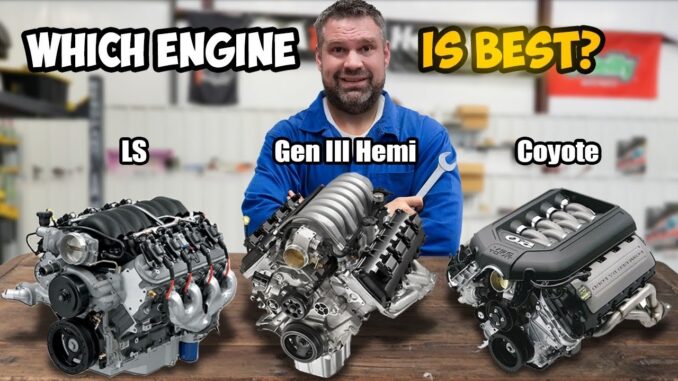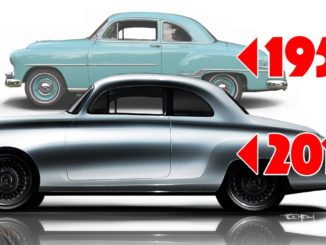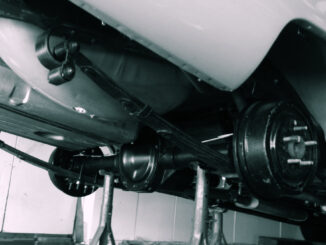
Jared from Questionable Garage dives deep into the world of engine swaps.
You’re in the right place if you’ve considered upgrading your ride with a modern V8 engine. I’ve had extensive experience swapping these three iconic engines into various cars. In this article, we’ll explore the history and the pros and cons of each, helping you make an informed choice for your next project.
Engine Swap Showdown: LS vs. Hemi vs. Coyote
The LS Engine
Let’s start with the LS engine. This legendary powerplant debuted in 1997, initially featured in the Corvette as a 5.7-liter all-aluminum V8. The LS was developed to meet stricter emission standards while delivering more horsepower and improved efficiency. Although it shares some similarities with older small-block engines, it’s essentially a new design. Notably, the LS4 is unique as it only fits transverse engine setups, like the Fiero, so keep that in mind.
One of the LS engine’s main attractions for swaps is its widespread availability. Over 100 million LS engines have been produced, making them affordable and accessible. Moreover, thanks to a traditional cam-in-block setup, its compact design allows it to fit into various engine bays easily.
The Gen 3 Hemi Engine
Moving on to the Gen 3 Hemi, this iconic engine returned triumphantly in the early 2000s, especially in Ram pickup trucks. Its hemispherical cylinder head design revolutionized cylinder head flow and set new standards. The return of the Hemi also brought back the famous catchphrase, “Hey, that thing got a Hemi?”
These engines are best suited for vehicles produced in 2009 or later, as they feature variable timing and better cylinder heads. For swap enthusiasts, the Gen 3 Hemi is a powerful option, known for its exceptional performance and durability. However, it’s crucial to note that they’re slightly heavier than LS engines.
The Coyote Engine
Last but not least, we have the Coyote. This engine’s lineage can be traced back through the Mod Motor family, which began its development in the 1980s. While the LS and Gen 3 Hemi offer relatively fresh designs, the Coyote shares its roots with the original Mod Motor family, which dates back to the 1980s. In 2011, the Coyote made a significant comeback in the Mustang lineup. It’s known for its impressive power output from a relatively small displacement.
However, the Coyote has a larger form factor due to its unique four-cam setup, which can present challenges when fitting it into an engine bay. Additionally, the Coyote is known for its complexity, especially in electronics, making it one of the more challenging engines to swap.
Engine Swap Factors to Consider
- Ease of Swapping: When it comes to ease of swapping, the Gen 3 Hemi shines in specific applications, especially if you have compatible suspension components. For fabricators and those building custom setups, both the LS and Gen 3 Hemi offer reasonable ease of adaptation. Due to its larger dimensions and complex setup, the Coyote can be more challenging to fit into some engine bays.
- Price Point: The LS stands out as the most cost-effective option, with plenty of affordable choices available. The Gen 3 Hemi follows, with a price range depending on the variant. The Coyote tends to be the most expensive, primarily due to its advanced electronics and unique components.
- Sound: Engine sound is subjective, and personal preferences vary widely. The Hemi often garners praise for its fantastic exhaust note. The LS offers a pleasant sound, and while it may not be as thunderous as the Hemi, it still sounds great. The Coyote has a distinct high-revving tone, which some enthusiasts appreciate.
- Performance: All three engines have their strengths. The Hemi delivers excellent low-end torque, the LS offers solid mid-range and top-end power, and the Coyote excels at high-RPM horsepower. Performance can vary depending on the vehicle and setup, but all three engines can deliver impressive results when optimized for their strengths.




